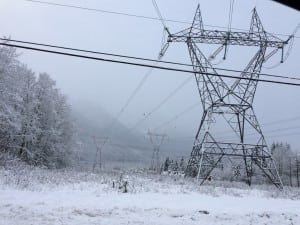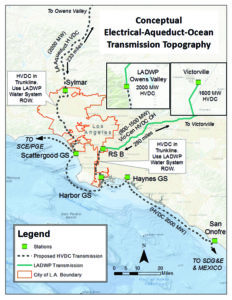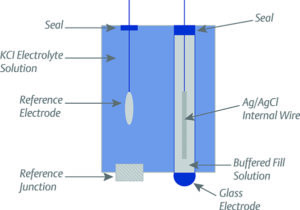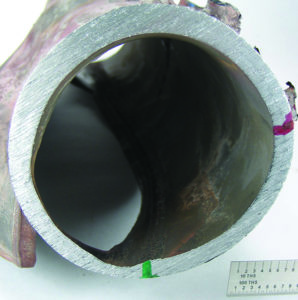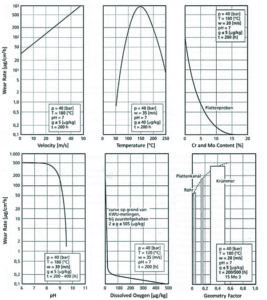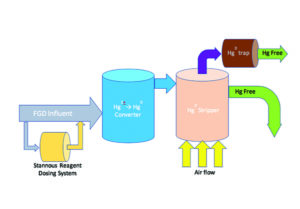Water
-
News
Power Supplies in Pacific Northwest Tighten as Deep Freeze Grips Region
Energy supplies are tight in the Pacific Northwest, a region that has been stricken with unseasonably frigid weather and is bracing for deep freezes as a mass of Arctic air descends on the region. The Bonneville Power Administration (BPA), a federal power marketer that sells wholesale power from 31 federal dams and one nuclear […]
Tagged in: -
News
Solving Renewable Transmission Constraints with Water Infrastructure
One of the largest hurdles to delivering substantial amounts of renewable energy is transmission constraints. Los Angeles’ current in-basin transmission infrastructure is based largely on delivering power
Tagged in: -
News
High-Purity Boiler Water pH Measurement
Water quality monitoring and control are two of the most critical operations that power plants employ to protect assets, such as boilers and steam turbines, from corrosion by assuring the correct addition of
-
History
Hydro: An Old Generating Dog Can Offer New Tricks
Hydroelectric power doesn’t get much attention in today’s discussions of how to generate electricity, particularly in a world looking to boost renewable technologies such as wind and solar. But the oldest
-
Water
How to Alleviate Waterside Issues in Boilers and HRSGs
It is fairly common for power plant engineers and maintenance managers to focus on fireside issues rather than waterside issues during routine maintenance outages. However, that could be a mistake. Waterside
-
O&M
Using Thermohydraulic Simulations to Assess HRSG Performance
Thermohydraulic simulations can provide detailed heat recovery steam generator (HRSG) data to help determine the root cause of failures, predict the degree of wear from various mechanisms, and assess the
-
Water
Understanding Amine Chemistry in Combined Cycle Power Plants
Many combined cycle power plants have established a pH guideline between 9.6 and 10.0 to minimize corrosion in heat recovery steam generators and condensers. Neutralizing amines are used to achieve these pH
-
News
Mercury Remediation System Reduces Contamination in Power Plant Wastewater
A new system to remove dissolved (ionic) mercury, along with other contaminants, from power plant wastewater is being developed. It is free of the drawbacks of using a traditional stannous chloride reagent
-
News
Why a Single Source Is Best for Chemical-Feed Systems
What is the best way to construct a complete chemical-feed system for use in a power plant—piecing together equipment acquired from a hodgepodge of suppliers or creating a system with components sourced from
-
Press Releases
NREL Details Great Potential for Floating PV Systems
National Renewable Energy Laboratory (NREL) researchers estimate that installing floating solar photovoltaics on the more than 24,000 man-made U.S. reservoirs could generate about 10 percent of the nation’s annual electricity production. Their findings, published in the journal Environmental Science & Technology, reveal for the first time the potential for floating PV to produce electricity in […]
Tagged in:

